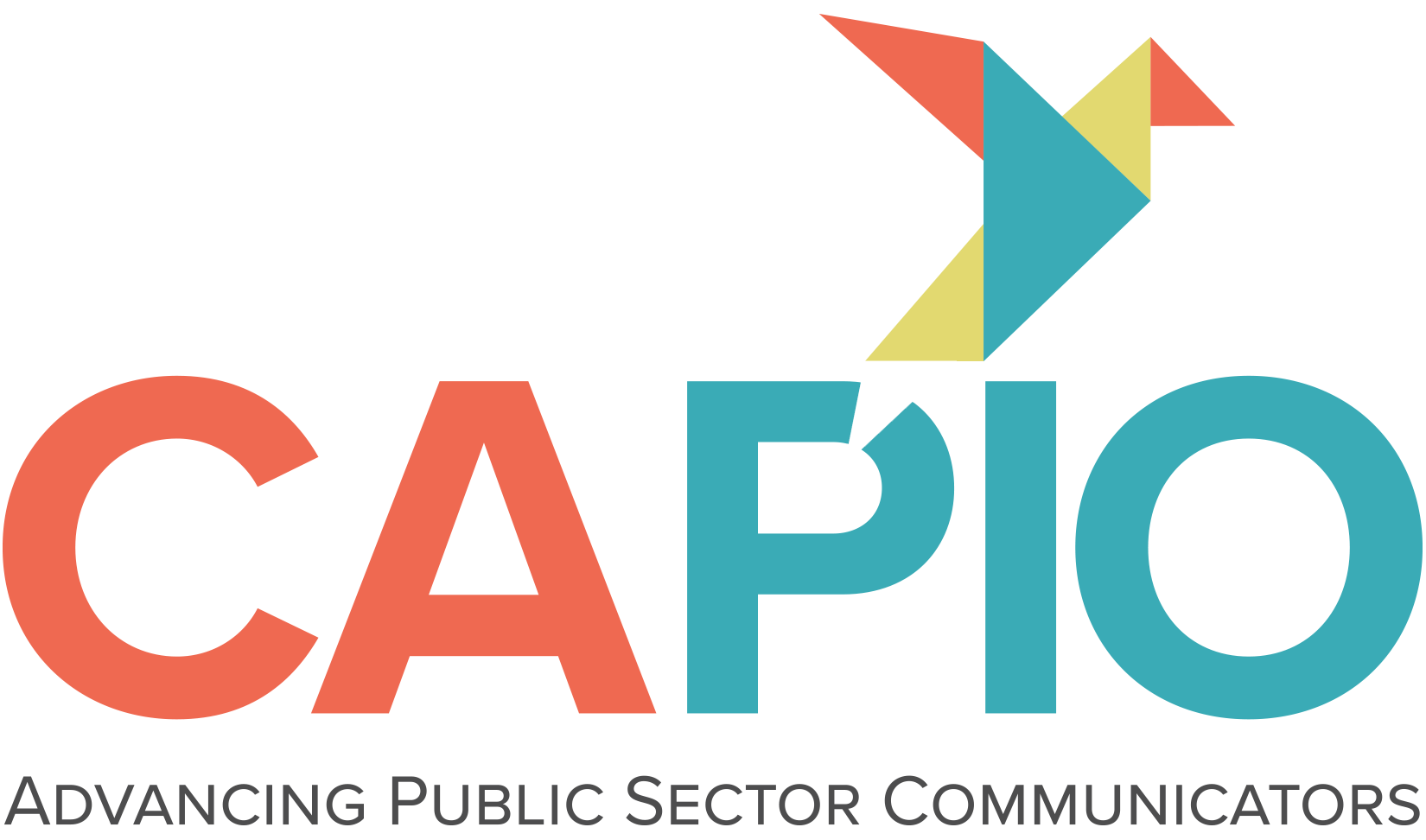Tips for Keeping Elected Officials in the Loop
By Shelly Cone, Public Information Specialist, County of San Luis Obispo
Imagine you are an elected official strolling through your neighborhood when a constituent approaches you to ask about a significant change in scope on a project you’ve championed—but you weren’t aware of the change. The skilled speaker that you are, you manage to save face and promise to get your constituent more information, but the exchange could’ve been seamless had someone given you a heads up on the change.
Situations like this are a nightmare scenario for a PIO because it means somewhere communications broke down. Maybe it’s not even your failure. When it comes to communications, fixing what’s broken likely falls on your shoulders.
Remember, although communicating your agency’s story outward to the public is one of the most important aspects of your job, it’s not enough to communicate out, you also need to communicate up! That can look different depending on the hierarchy of your agency.
Consolidate the important info for leadership to communicate forward
You may not have regular direct communication with your elected officials, but you likely have a responsibility to monitor and distill a broad amount of information for leadership. At the City of Santa Maria, Mark van de Kamp, the city’s spokesperson, said he reports to the City Manager who is responsible for communicating directly with the elected officials. So van de Kamp’s job is to ensure he is keeping the boss informed of important topics from their various city departments and asking him to share pertinent information with City Council.
Share more information using regular reports—but keep them interesting
At smaller agencies, your elected officials may want, or you may be responsible for providing, more details about projects and initiatives. If you participate in meetings between leadership and elected officials, you can take that opportunity to share out any insight you have on topics that fall in line with their priorities or that have special significance to the neighborhoods they represent.
Samantha Scroggin, Public Information Officer/Community Relations Manager, for the City of Lompoc, offered some tips for making the most of time in front of elected officials. She suggests providing a comprehensive report from the agency’s director at your regular meetings of elected officials, such as City Council. This report can include video, photos, and other engaging elements.
Emergencies and unexpected events aren’t the only topics that can catch leadership off guard. Scroggin suggests looping elected officials in on communications that are sent to staff as well as to the public. She adds that when including elected officials in such information–especially via email– it’s helpful to include specific instructions to abide by communication laws, such as avoiding replying to all on the email and risking a Brown Act violation.
Provide weekly and monthly digests
Even the most informed elected official can use some help with access to information in a convenient format. Jeanette Trompeter, Public Information Specialist for the County of San Luis Obispo, said she provides weekly email summaries to the Board of Supervisors on press releases that went out and links to them. She also provides weekly email summaries of news coverage about County projects and efforts.
Her proactive efforts include informing the board about issues that are likely to come up in the coming month so that the Board members can be prepared for media or constituent questions. And to make sure they are aware of options for face time with their communities, Trompeter highlights events like ribbon cuttings and other planned events.
At the end of the day, our goal is to tell the story our agency’s mission and the ways the agency is meeting that mission. Those priorities are often shaped by the elected officials. Make sure they are up to date on the efforts your departments are taking to further those priorities.

